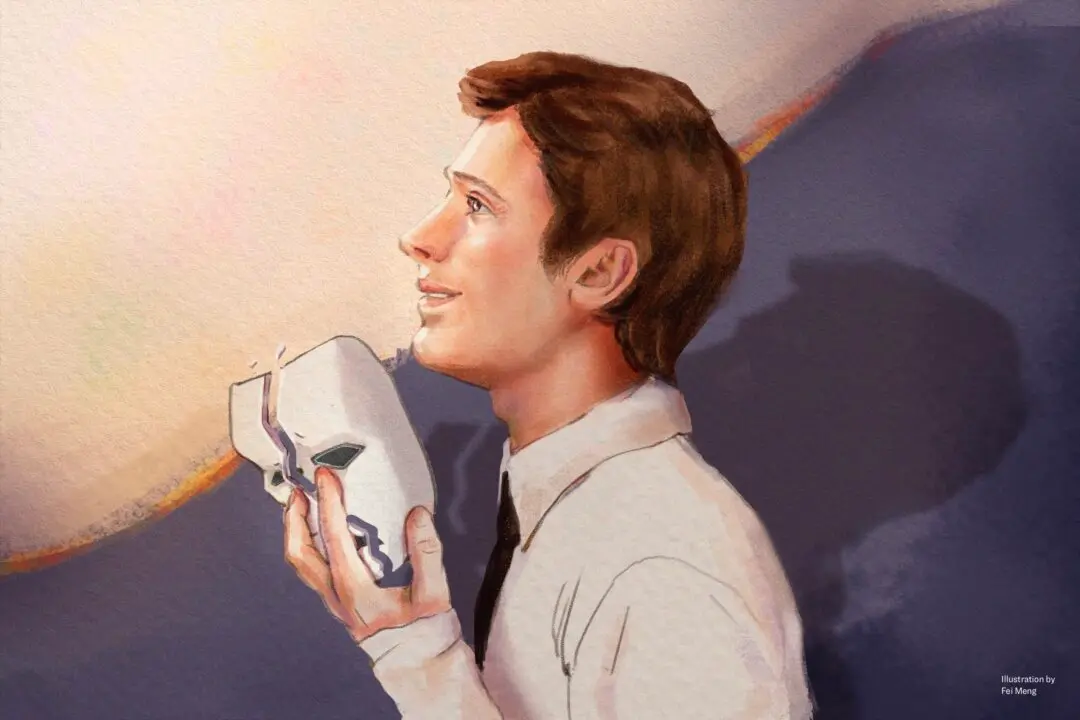Health Viewpoints
“Stay 6 feet apart.” This unforgettable slogan was one of the first recommendations implemented when the world announced the first COVID-19 wave.As the mysterious virus appeared and quickly spread throughout the world, countries sealed their borders, schools closed, travel was restricted, and people started working remotely. We were told to wear masks, social distance to “flatten the curve,” and get vaccines promoted as being “safe and effective.”
The COVID-19 waves have come and gone approximately seven to eight times during the last three years until May 2023, when the public health emergency and the national state of emergency for COVID-19 were officially declared over. What we experienced during that time will be etched in our minds forever.
Among a number of public health measurements taken during the COVID-19 pandemic, which factors affected the COVID waves? Social distancing? Masks? Vaccines? Or something else?
Impact of Nonpharmaceutical Interventions
Many people attributed a reduction in COVID-19 cases to nonpharmaceutical health policies.However, a number of studies disagree and couldn’t find clear evidence that these interventions contributed to the decline in each COVID-19 wave.
Impact of COVID-19 Vaccine
Many have been forced to comply with overwhelming vaccine mandates, and the impact of vaccination on the pandemic has been extensively researched.Vaccination recommendations started for people at high risk and now include everyone, even children. Initially, the expectation was to stop the virus from spreading. Later, the authorities admitted to the public that it was still possible to get COVID-19 after vaccination. We were later told it was important for reducing hospitalization rates.
Despite early promising results from clinical trials indicating significant effectiveness, it’s essential to consider that these findings were based on a relatively small number of COVID-19 cases in the vaccine trials.
Countries such as Israel and the UK were leaders in rolling out vaccine campaigns during the pandemic. Yet the same nations have frequently faced new waves of the virus, often driven by emerging variants.
Impact of Seasonality
A 2021 Nature study shows that higher temperatures and higher relative humidity have consistently adversely impacted COVID-19 transmission across large geographic areas.The European six-country study, while dismissing the role of NPIs and the vaccine in the COVID waves, concluded that the patterns of COVID-19 cases, hospital admissions, and the number of people in intensive care units were surprisingly consistent, forming a visible seasonal pattern.
Airborne transmission plays a significant role in spreading SARS-CoV-2. In winter, when the air is usually drier and colder, the virus is more likely to survive and spread easier.
Another Surprising Factor
There have been many unknowns with this microscopic virus that remain a mystery.The researchers used detailed clinical data and complex mathematical models to understand the viral behavior during the past four years of the COVID-19 pandemic.
It was found that as the virus mutated into the Delta variant, the newer strains displayed higher and earlier peaks in the viral load within the body. However, the infection duration was relatively shorter.
This suggests that the virus mutates to become more transmissible, which counteracts the measures people take, such as self-isolation.
Researchers discovered that the virus transitioned from having a shorter incubation period to being more infectious without showing symptoms. A typical example of this is the Omicron variant.
This is the virus’s way of adapting to human behavior; it is intelligent and appears to know how to outsmart human intervention.
Human Behavior Matters
There are other factors related to human behavior that are often ignored yet may be fundamental to driving COVID-19 waves.This phenomenon points to the extraordinary capabilities of our God-given natural immunity. The real frontline where the battles between viruses and humans take place is at a microscopic level—our natural defense system, including mucosal epithelial cells on the surface of our nose, lungs, and gut.
A remarkable link exists between our thoughts, moral values and behaviors, and our body’s ability to fight viruses on this battlefield.
Furthermore, our body, mind, and spirit interplay with each other. Positivity and purposeful living can actually boost our immune response.
Embracing a positive, purpose-driven life can not only fill us with joy but can also arm us against illness. Traditional wisdom meets modern science—kindness, altruism, and calmness aren’t just good for the soul; they’re secret weapons for staying healthy.
A pivotal driving force for the virus waves may not be external but something within ourselves. In other words, our behaviors and values may have contributed to the spread of the virus.





